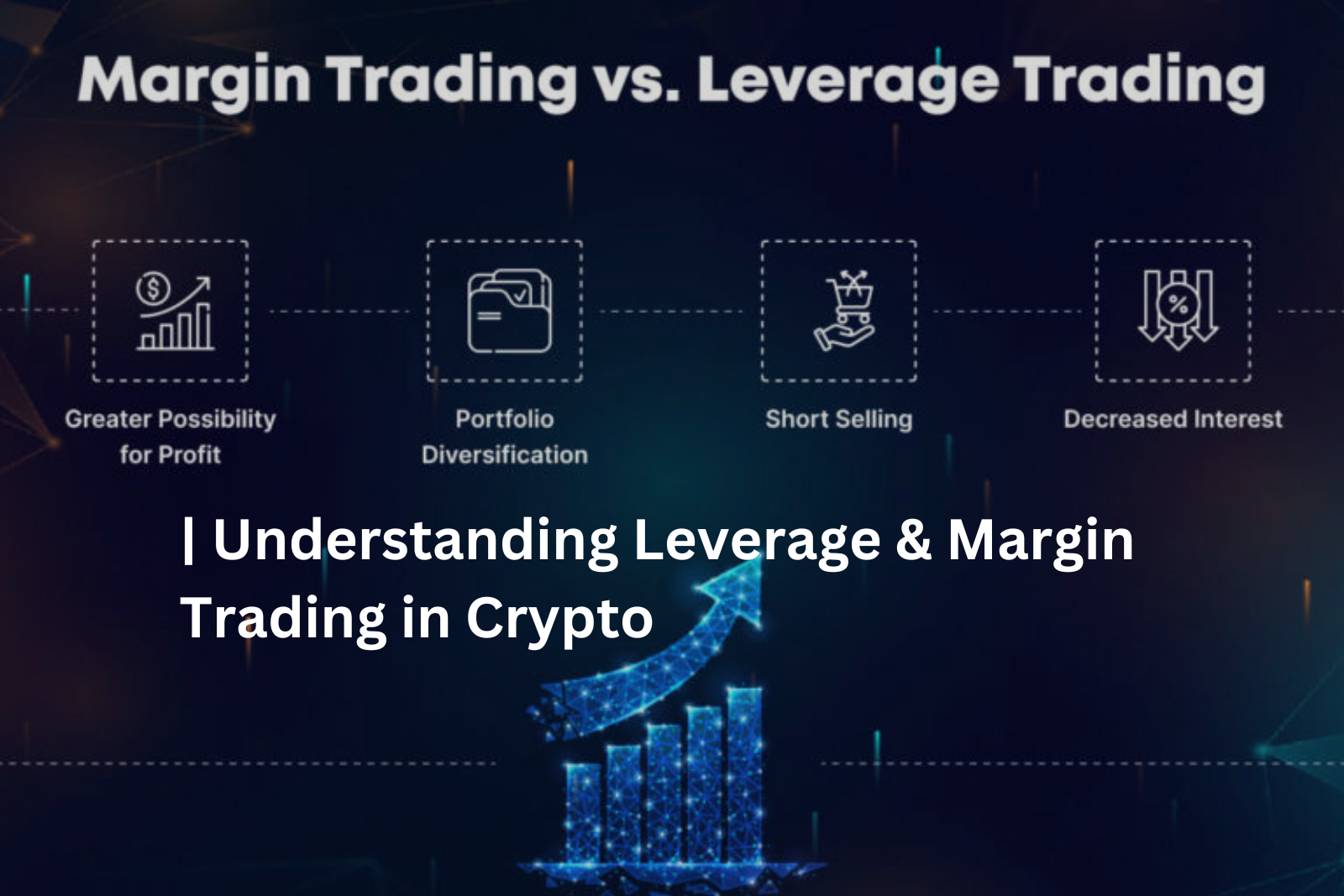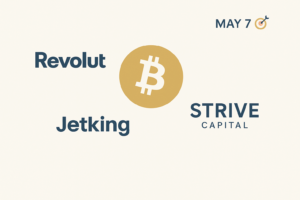
Leverage and margin trading have become popular strategies in the cryptocurrency market, allowing traders to amplify their potential profits. However, these trading techniques come with inherent risks. This guide will walk you through the fundamentals of leverage and margin trading in crypto, helping you understand how they work, their benefits, and potential pitfalls.
What is Leverage Trading in Crypto?
Leverage trading allows traders to borrow funds to increase their trading position beyond their initial capital. This means traders can control larger positions with a smaller amount of capital. For example, using 10x leverage, a trader with $1,000 can open a position worth $10,000.
How Leverage Works
- Choosing Leverage Ratio – Traders can select leverage levels, such as 2x, 5x, 10x, or even 100x, depending on the exchange’s offerings.
- Borrowing Funds – The exchange or platform lends the additional funds needed to open a larger position.
- Opening a Trade – The trader uses borrowed capital to enter a long (buy) or short (sell) position.
- Profit or Loss Magnification – Profits are calculated based on the total leveraged position, but so are the losses.
- Liquidation Risk – If the market moves against the trader’s position and reaches a liquidation threshold, the exchange will close the trade, resulting in a loss of the initial capital.
Understanding Margin Trading
Margin trading is closely related to leverage trading, as it involves borrowing funds to trade a larger position. However, margin trading requires traders to maintain a margin balance, which acts as collateral for the borrowed funds.
Types of Margin Trading
- Isolated Margin – The margin is limited to a single trade. If the trade fails, only the allocated margin is lost.
- Cross Margin – The entire margin balance is at risk, meaning losses from one trade can impact the entire trading account.
Benefits of Leverage & Margin Trading
- Increased Profit Potential – Traders can earn higher returns with a smaller investment.
- Short Selling Opportunities – Margin trading enables traders to profit from both rising and falling markets.
- Diversification – Traders can open multiple positions using leverage, potentially increasing overall profitability.
Risks of Leverage & Margin Trading
- High Volatility – Crypto markets are highly volatile, making leveraged positions riskier.
- Liquidation Risk – If losses exceed the margin balance, positions are liquidated automatically.
- Margin Calls – Traders may need to add more funds to maintain their positions, increasing potential losses.
- Interest Fees – Borrowing funds incur interest fees, which can accumulate over time.
Best Practices for Safe Leverage & Margin Trading
- Use Low Leverage – Beginners should start with lower leverage (e.g., 2x or 5x) to reduce risk.
- Set Stop-Loss Orders – Protect your capital by setting automatic stop-loss levels.
- Manage Risk Effectively – Only invest what you can comfortably afford to risk.
- Stay Updated with Market Trends – Follow crypto news and technical analysis to make informed decisions.
Conclusion
Leverage and margin trading in crypto can be advantageous but also come with significant risks. Understanding how these strategies work, managing risk effectively, and using proper trading techniques can help traders maximize profits while minimizing losses. Always trade responsibly and continuously educate yourself about market trends and risk management.
You can take advantage of market movements by mastering leverage and margin trading while protecting your investments.












Ethereum news